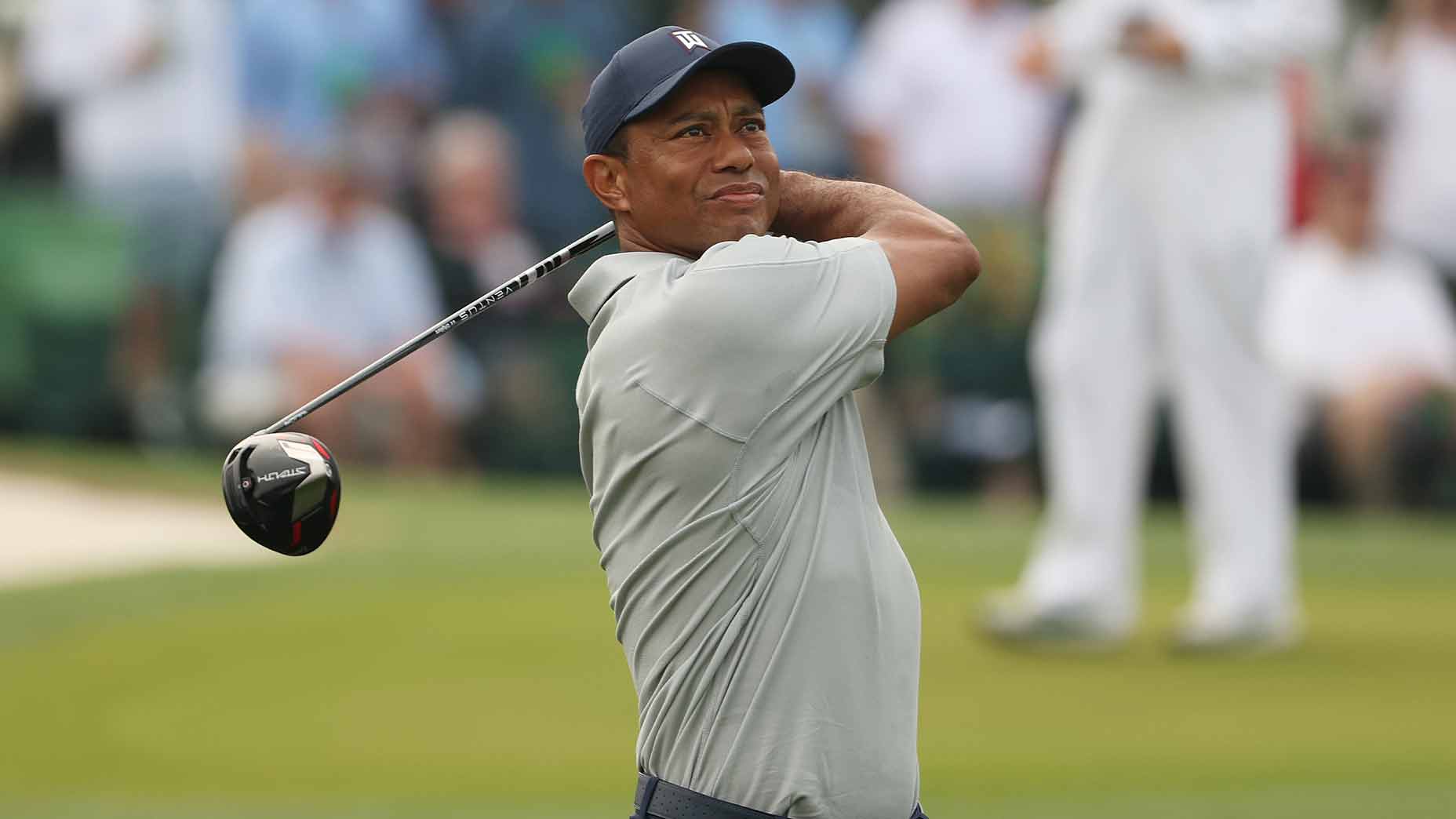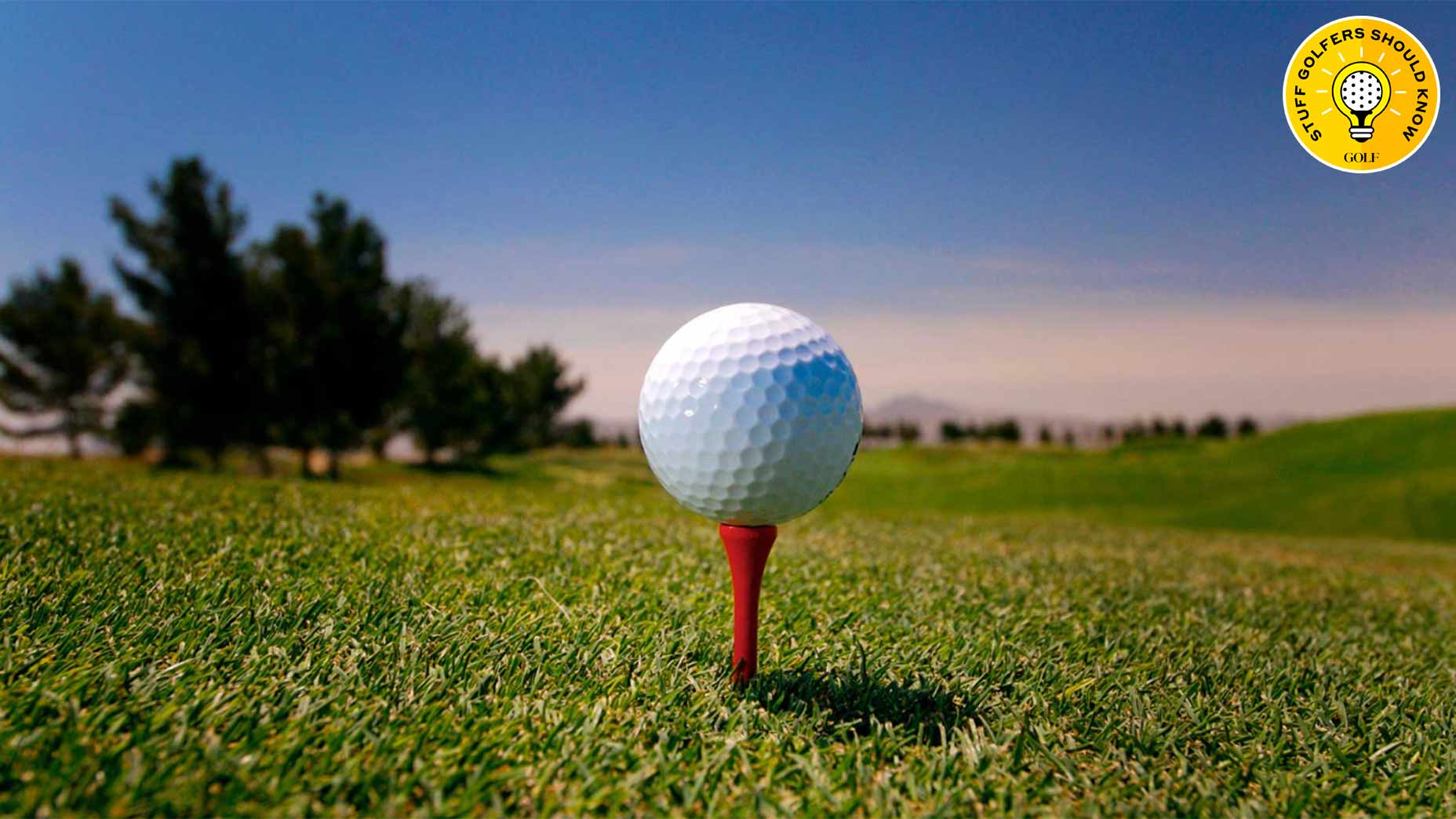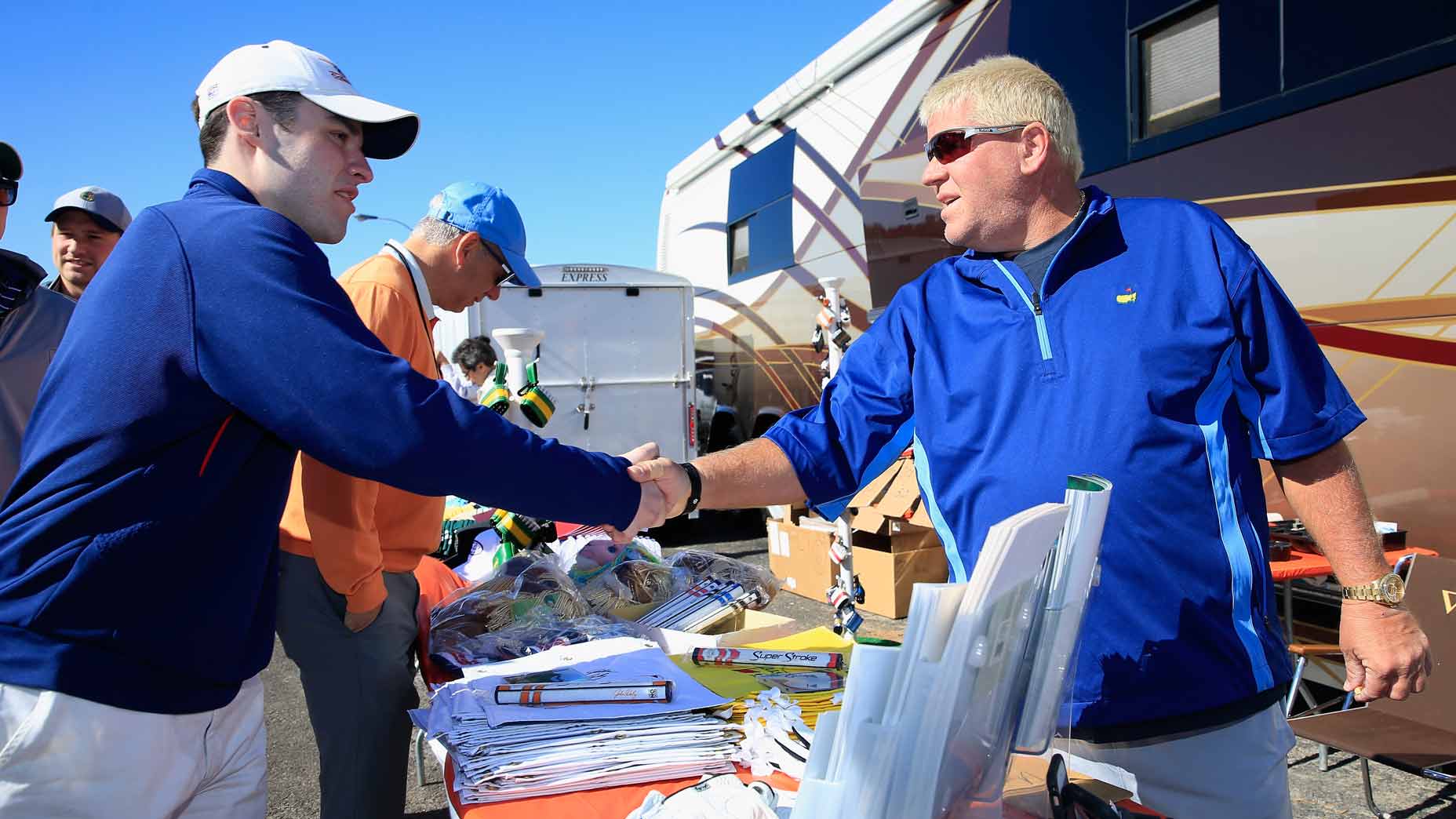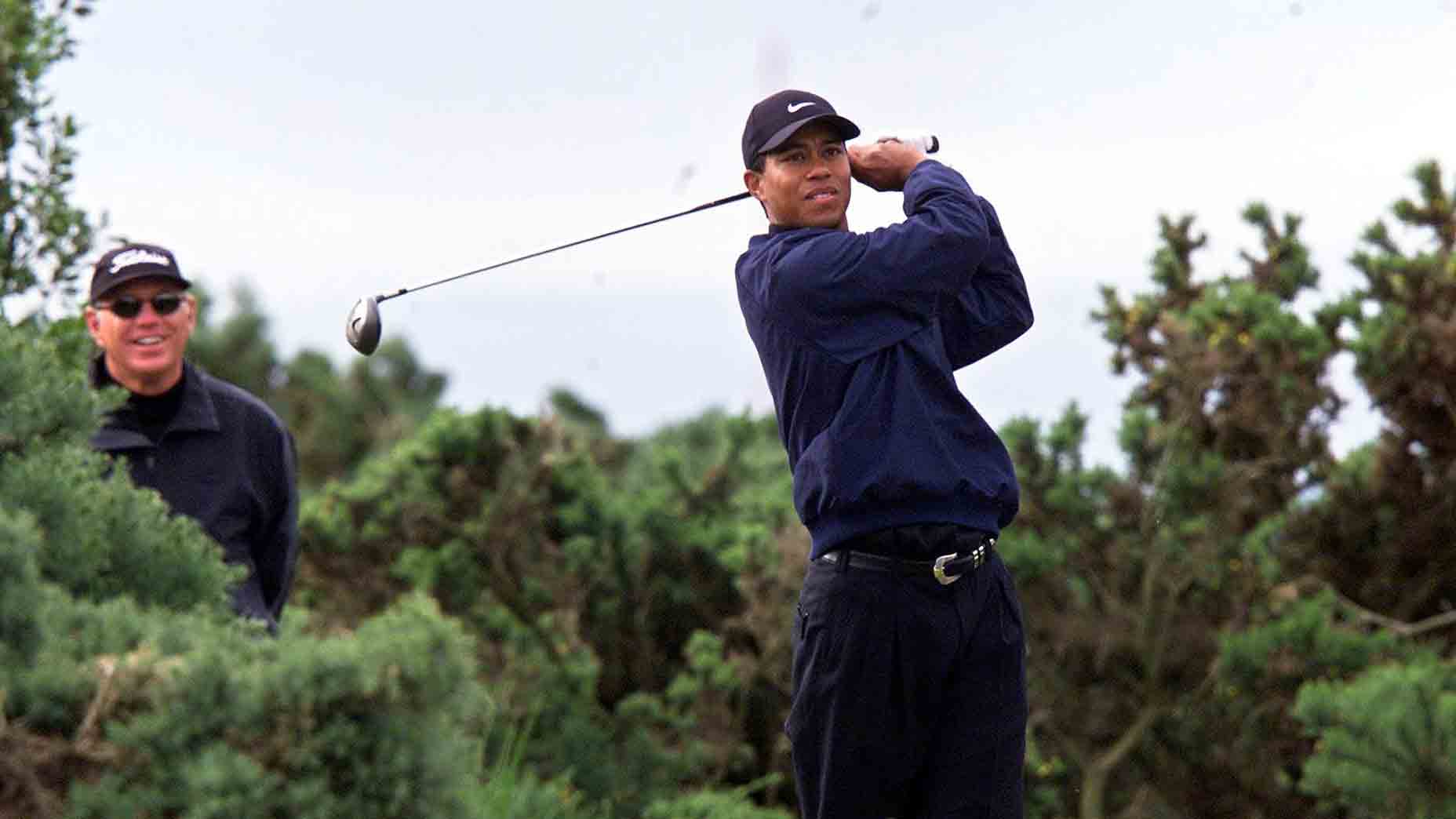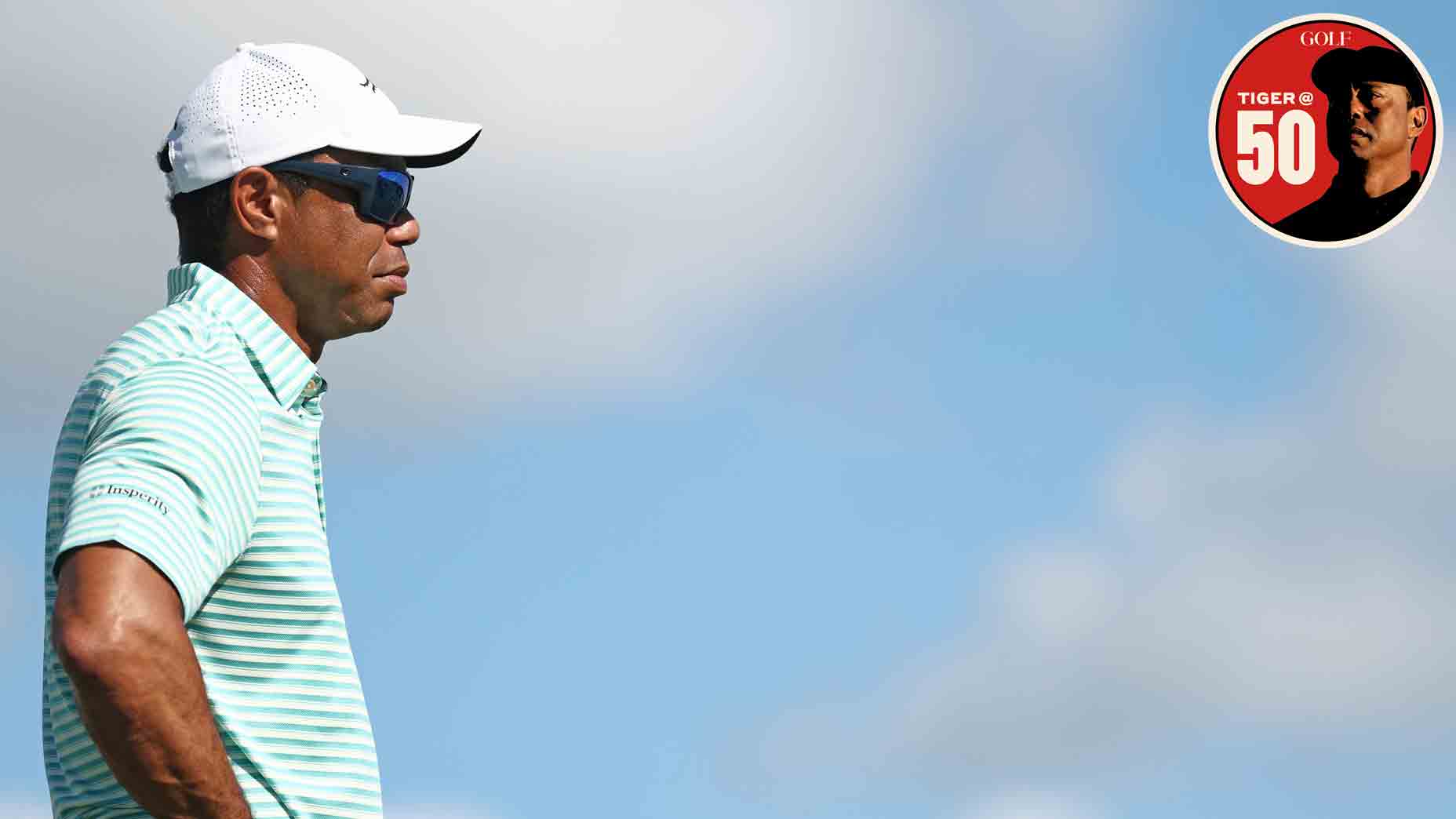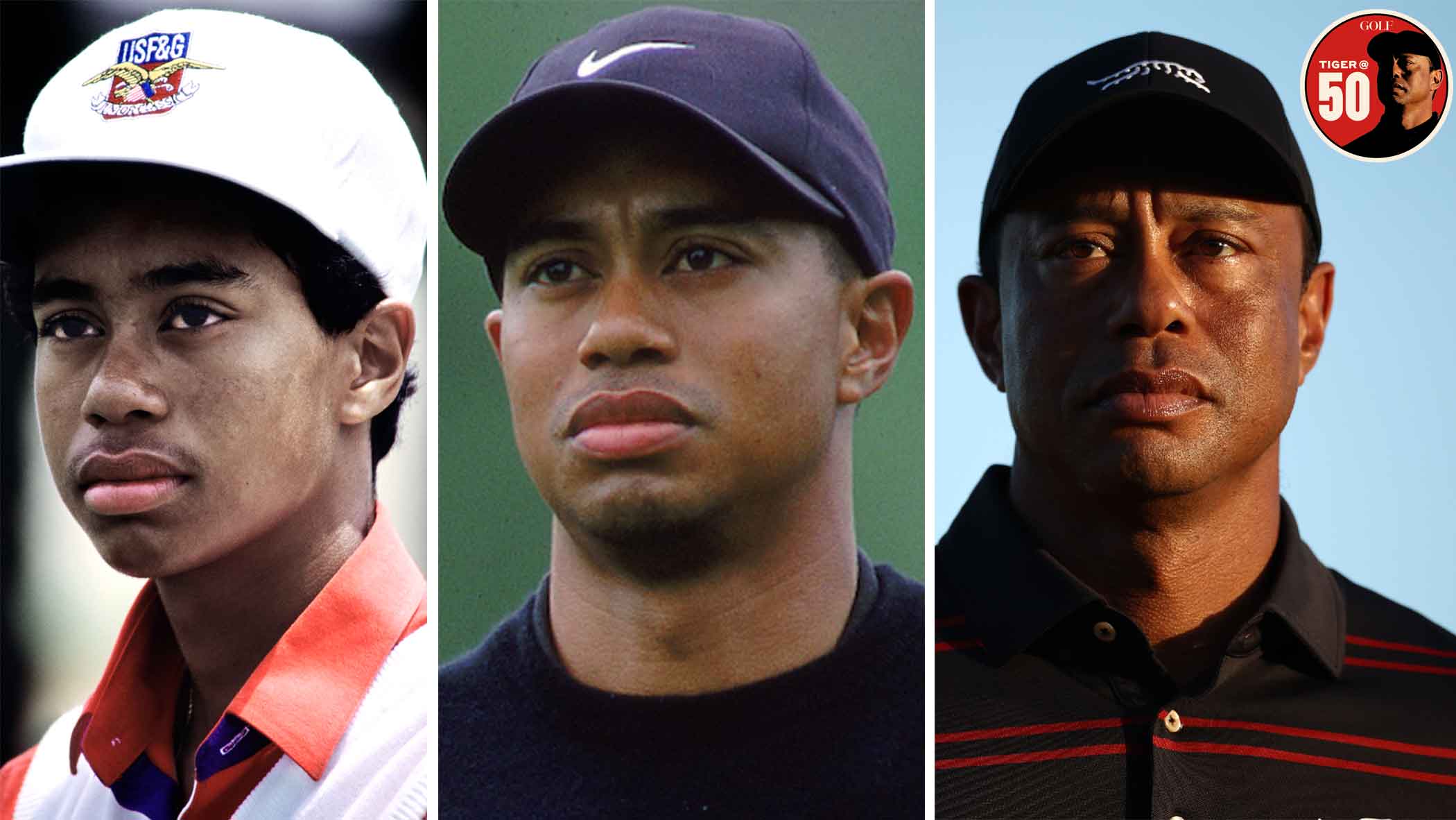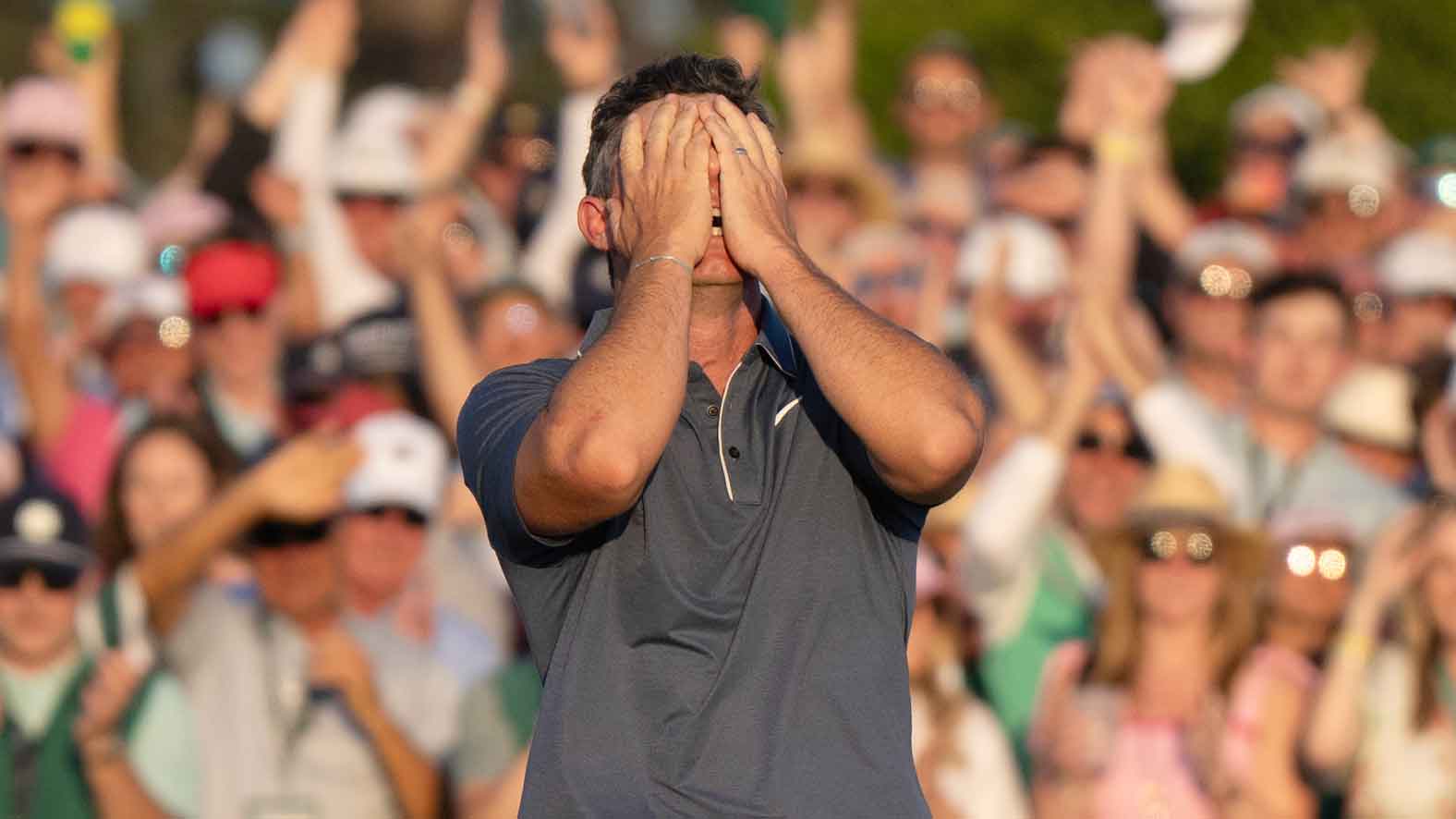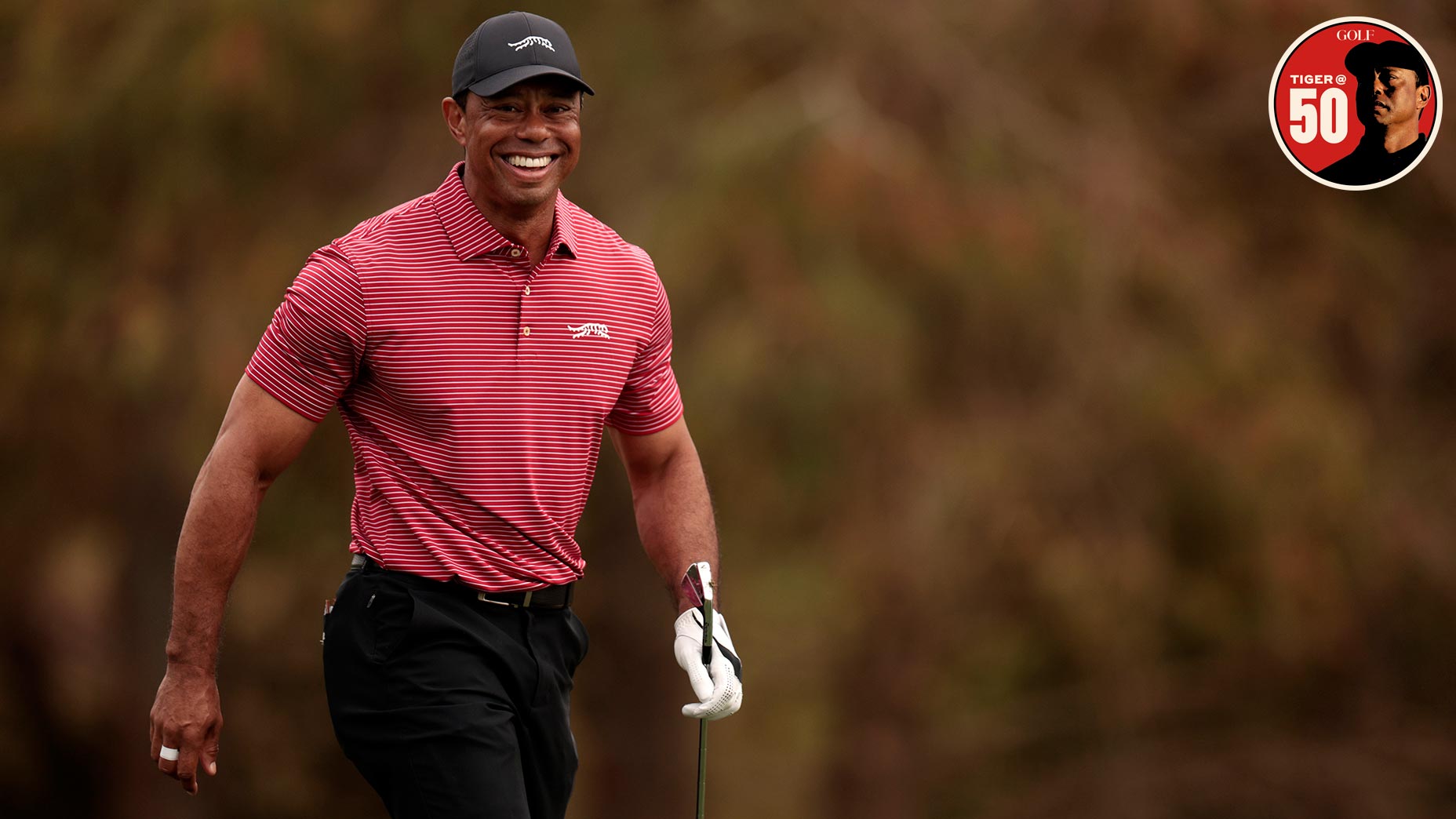AUGUSTA, Ga. — We’re at least three years from the possibility of the Masters requiring its entrants to play a slower golf ball — if such a mandate comes to pass at all — but on Monday a couple of dialed-back orbs made an appearance at Augusta National anyway.
The balls — wound soft-shelled balatas from a bygone era — belonged to Tiger Woods, who tossed a couple of them to his pal Rory McIlroy on the practice green.
After banging a couple of putts, McIlroy couldn’t believe how different the balls felt.
“Oh my, god,” he said.
“Yes, exactly,” Woods replied.
There’s a rich symbolism in Woods and McIlroy experimenting, if only playfully, with throwback balls. That’s because they’ve been two of the most vocal proponents of the governing bodies’ proposed — and controversial — Model Local Rule that could force elite players, beginning in 2026, to play a shorter ball.
Of the Tour pros who have publicly voiced their opinions on the rule, most have railed against it. But McIlroy and Woods have sat squarely in Camp Rollback.
McIlroy made his position clear in an interview with No Laying Up a couple of weeks ago, saying, “I know that’s a really unpopular opinion amongst my peers, but I think it’s going to help identify who the best players are a bit easier.” At the Masters on Tuesday, McIlroy added, “To me, if we really want to keep the old, historical venues relevant, if that’s something that’s really important to the game of golf, then I would say that this is a step in the right direction.”
Woods has spoken on the prospect of a rollback in the past but not since the governing bodies announced their proposed rule last month. On Tuesday, he too was asked for his take.
“I have always been an advocate,” he said of a slower ball for elite players. “If you do anything to the equipment, I don’t think that you can change the size of the heads anymore, just because there’s so many out there. … You can have a difference in the golf ball, and tennis has the same thing, you go to different events. They have different balls; the public doesn’t really know that, but the players do.”
Woods, like McIlroy, spoke of the importance of protecting the integrity of traditional courses like Augusta National and also posited that a dialed-back ball would help identify the truly elite players. Of the ball construction now in play on Tour, he said, “Does it challenge us and separate the guys who can really hit the ball in the middle of the face and control their shots? I think if you roll the ball back a little bit, you’ll see that the better ball-strikers will have more of an advantage over the guys who miss it a little bit.”
Tiger Woods started golf’s distance debate. Now he wants to end it.By: James Colgan
As Woods was speaking Tuesday, at least one interested observer ducked off the (mostly) phone-free property to catch Golf Channel’s feed of the press conference: Dan Murphy, the president and CEO of Bridgestone Golf, whose Tour B X ball Woods plays.
Bridgestone, like other golf-ball manufacturers, has been closely monitoring the ball debate. The USGA and R&A have already indicated that they intend to adopt the rule for the 2026 U.S. Open and 2026 Open Championship, respectively, and the other majors seem likely to fall in line. The PGA Tour might well, too, especially if its two most influential members are actively lobbying for the cause.
For the ballmakers, this has become a source of great agita. Bifurcation, they say, would be bad for business, because weekend duffers want to play the same gear as the pros. Also troubling to them is the notion of having to build a ball for only .00000001% of golfers (we’re estimating here). All that cost, the manufacturers caution, could be passed on to the consumer. David Maher, president and CEO of Acushnet Company, which owns Titleist, the game’s leading ball manufacturer, called the proposed rule “a solution in search of a problem.”
Woods, though, sees the prospect of a rollback through a different lens. It’s not a solution in search of a problem but rather an engineering challenge in need of smart and creative solutions.
“We’ve been in touch with Tiger, and he’s asked us questions about this, and we’ve conversed with him and respect his opinion,” Murphy said Tuesday after Woods had delivered his remarks. “He’s always offering input. Tiger’s input on ball design has always been pivotal to us and we think it’s one of the things that sets us apart.”
Murphy was standing beneath the famed old oak outside Augusta National’s clubhouse. With him was his colleague, Adam Rehberg, a senior marketing manager at Bridgestone who used to work in the company’s R&D department.
A dummy’s guide to the brand-new golf ball rulesBy: Dylan Dethier
“The ceiling has been set in terms of what we can do with the ball from an ODS (Overall Distance Standard) performance standpoint,” Rehberg said. “What we’ll use the players for — and what we’ve been talking to Tiger about — is how they’ll help us build the ball with what kind of performance preference they want inside of that distance ceiling.”
Could Bridgestone have such a ball ready by 2026?
“Too early to say,” Murphy said. “We’re an engineering company, we’re a manufacturing company, we’re an R&D company. We can give it a go. But I don’t know until we try it if we’ve got it right.”
When asked for Bridgestone’s official stance on the rule proposal, Murphy voiced some of the same worries that other ballmakers have surfaced. “We’re concerned,” he said. “Golf is in a good place. When the pandemic hit, the game surged, and we want to keep those people excited about golf. We don’t want to confuse people with new rules.”
But Murphy also took more of a conciliatory tone than some of the other manufacturers have.
“We understand the concerns that Tiger and the USGA and all these other partners have raised,” he said. “With all that in mind, our position is somewhat neutral. We see ourselves as a research company that can take his thing and think it through a little bit more in terms of a practical application. We’re looking at it and considering prototyping what this MLR ball would be and how we would make it. We’re thinking it through it.”
He added, “Evolution is evolution. Things are changing. We understand the point of view that — look we’re standing today: We want Augusta to be Augusta.”
I asked Murphy if he or Bridgestone might feel differently about the proposal if Woods opposed a rollback.
“He’s our primary spokesman and he’s the greatest player of all time so he certainly has a big voice, but we’ve been around a long time ourselves,” Murphy said. “He influences us but it’s not us simply following what he’s leading us to do. It’s not that at all. We’ve been studying this issue for a long time before we had an official relationship with Tiger. It’s not new now.”
That much is indisputable. Ask Jack Nicklaus, who has been banging on about golf’s distance problem for about as long as anyone can remember. Or Fred Ridley, Augusta National’s chairman, who in his annual confab with the press on Wednesday will almost assuredly address the ball conundrum. One of the biggest pre-tournament story lines this week has been the lengthening of the iconic par-5 13th hole, a drastic action that the club likely could have avoided had the governing bodies curbed distance sooner.
“I think this should have happened a long time ago,” Woods said. “That’s what Jack was saying, the [Titleist Tour] 384 was going too far. This is back in the ’80s. But still, that was my take on it; that the amateurs should be able to have fun and still hit the golf ball far, but we can be regulated about how far we hit it.”

